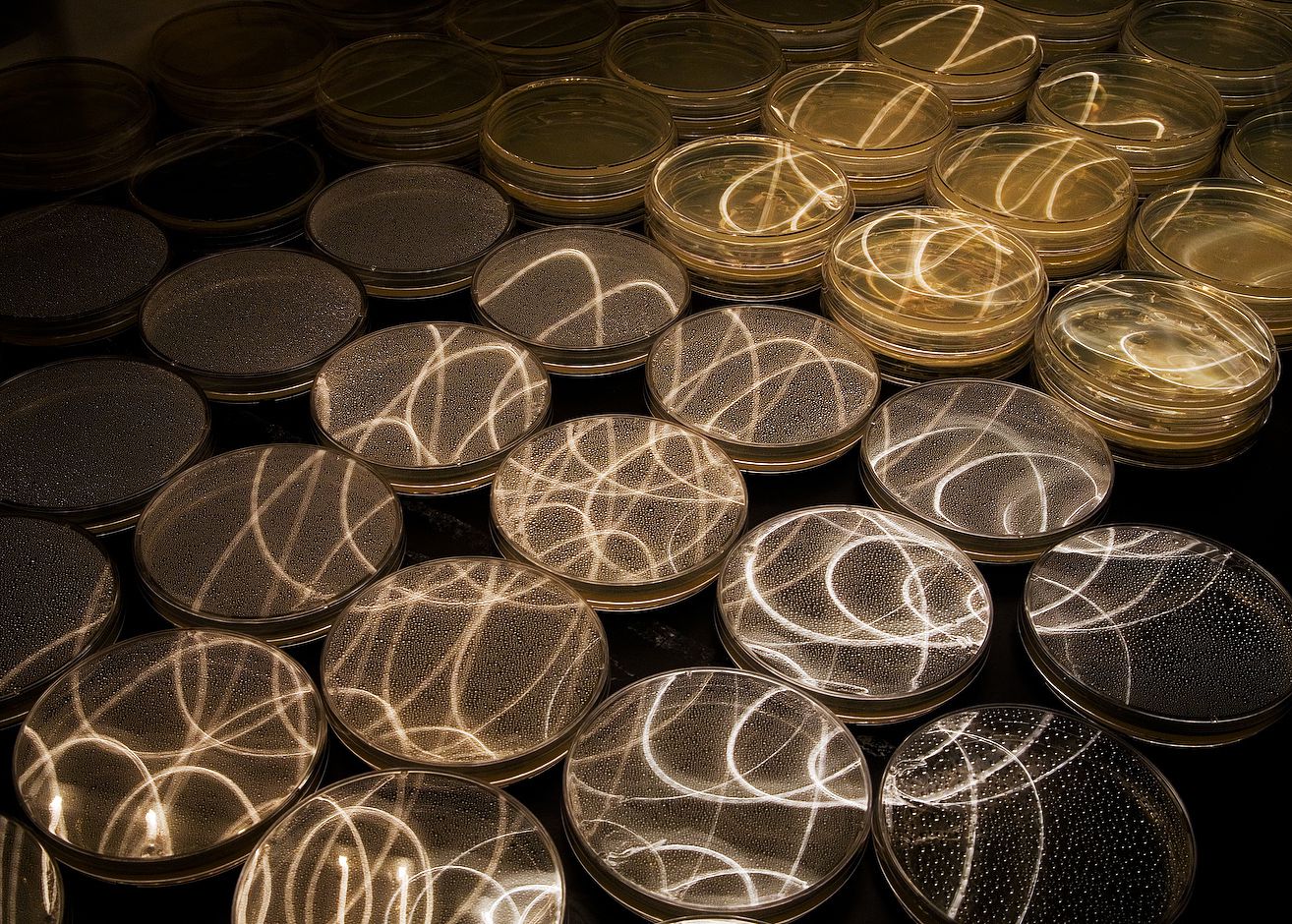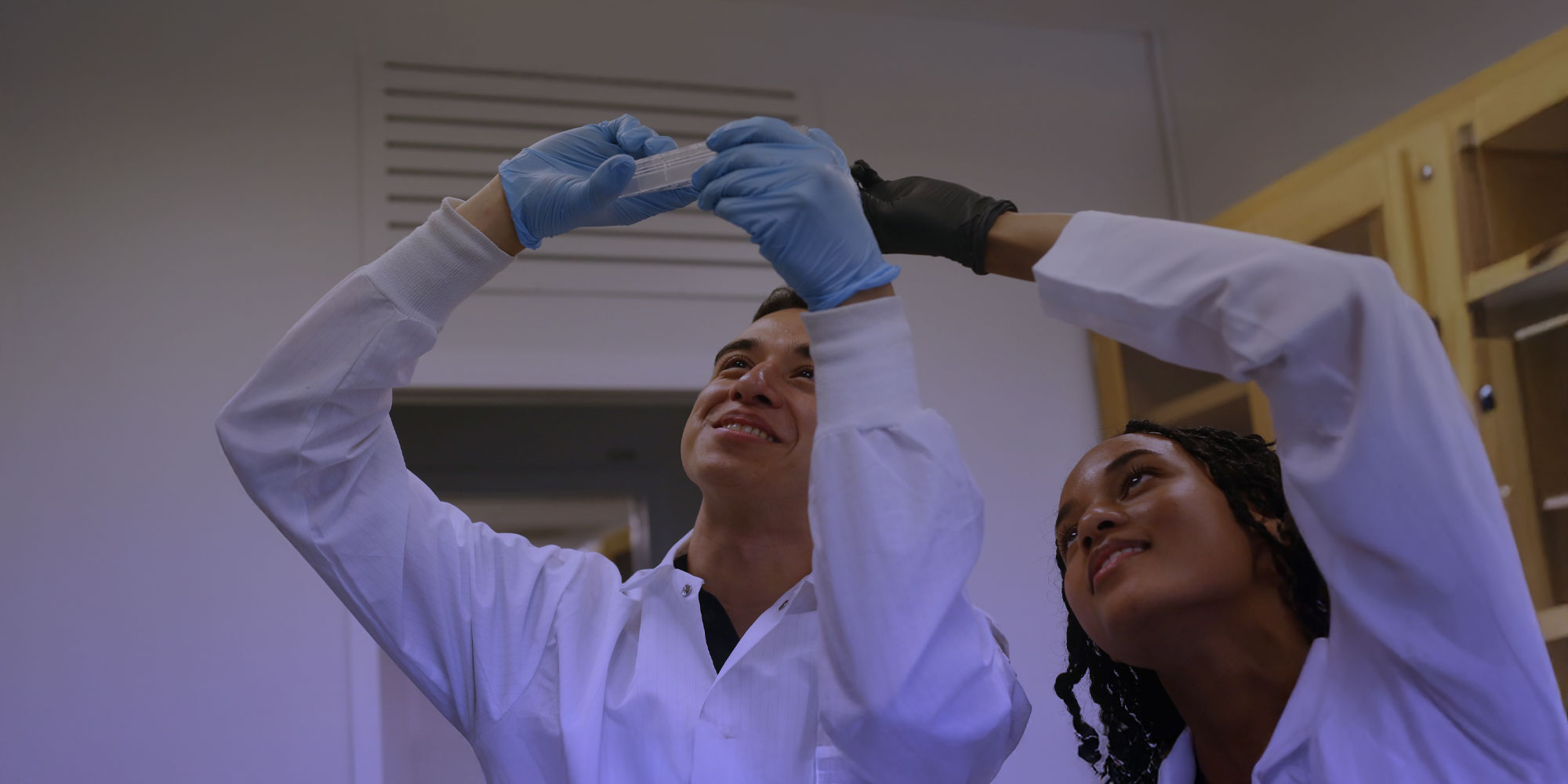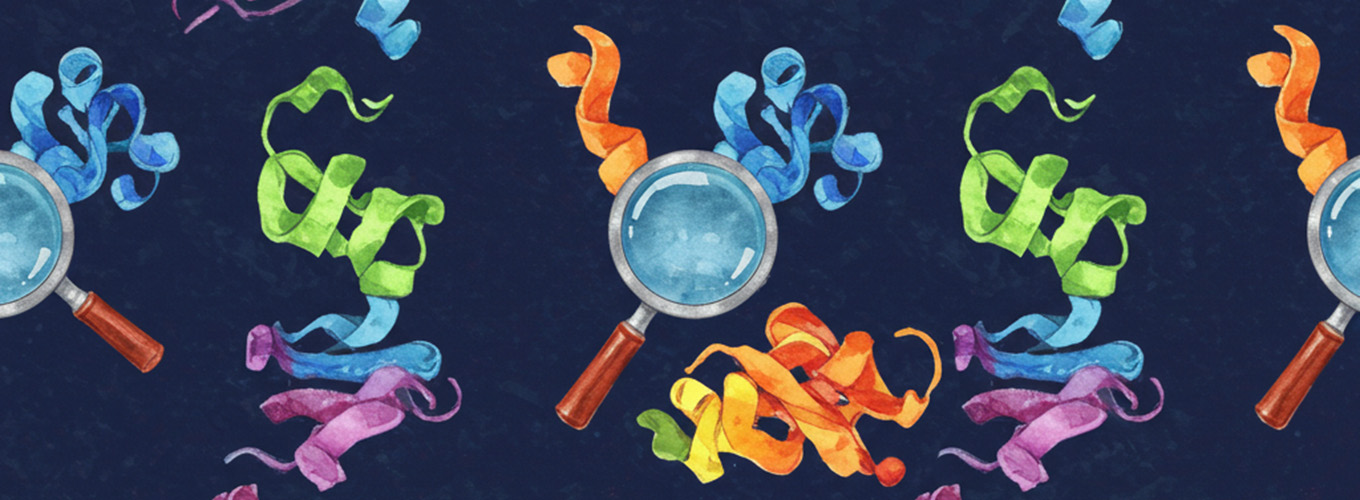
Where Will Be the Biggest Impact of Cas9?
As I’ve written about before, CRISPR/Cas9 is taking off. And that’s been picked up in the popular press by the likes of The Economist, The Wall Street Journal, and Wired. Cheap, fast, and easy gene editing is indeed changing the world. But not in the way you might immediately think.
At the IGI, my lab is working on improving gene editing technology, particularly the ability to change existing sequences or insert new ones (so-called HDR as opposed to NHEJ-mediated disruption of sequences), and we’re using that tech to develop reagents that can cure genetic diseases. But we’re also using Cas9 for fundamental biology, to discover new things about the world around us.
And that’s where the big, long-term impact lies. Through translational research, gene editing shows promise to completely change our relationship with genetic disease. Those potential cures are a big deal, and the IGI is committed to helping usher in that future. But researchers everywhere can also now use gene editing tech to ask fundamental questions about how biological systems work. And they can do it in areas that were previously technically difficult or impossible. This turns an exclusive practice, where people with questions had no way to get answers, into an inclusive one, where many questions lead to many answers. I often call this the “democratization” of gene editing.
The very power of democratization lies in the unexpected benefits of basic research. CRISPR/Cas9 gene editing tech itself came from asking basic questions about bacterial immunity, not from searching for the next best thing in gene editing. Some people are excited about Cas9 because it allows them to do their research in model systems much more quickly – flies, worms, mice, and so on. That work is leading to some incredible discoveries, no doubt. But researchers now have the ability to perturb or insert genetic sequence into systems where that was previously difficult or impossible – butterflies, the malaria parasite, goats, plants, and more. That means we’ll learn more about how these systems work, with the possibility of incredible surprises and exponentially expansion of our knowledge of the wealth of biology.
That’s the big long-term benefit of Cas9 genome engineering – the exponential growth of knowledge about the world around us by enabling fundamental research. Why should a non-scientist care about non-model organisms and seemingly quirky discoveries?
Here’s an example happening right next door to me: A colleague at Berkeley is working on a particular type of crustacean that happens to regenerate limbs incredibly well. Lop one off, and it grows right back. Can you imagine the future possibilities if we figured out the fundamental biology behind this incredible regeneration and if it could be translated to humans? But this crustacean previously “had no genetics”, meaning it was impossible to ask which genes give the thing its regenerative ability. Working with the IGI, my colleague has recently gotten Cas9 editing to work in his favorite organism, meaning he can now go figure out what gives it the power to regrow limbs. He can also ask questions about body patterning (how do limbs end up where they are), neurobiology (how does it see things around it), and even behavior (are instincts linked to genes?).
Speaking of behavior, Hopi Hoekstra is asking mind-blowing questions about gene-behavior links in another non-model organism, the Peromyscus mouse. Through incredibly hard work she’s homed in on a genetic region linked to burrowing behaviour, and the last time Hopi visited Berkeley she told me that she’s hoping Cas9 will let her get all the way to the causative gene.
As a technical note, the Cas9 RNP (in vitro transcribed guide RNA + purified Cas9 protein) seems to be the enabling change for non-model systems. No need to figure out promoters, terminators, expression conditions, etc for your favorite organism. Microinjection or electroporation delivers the RNP into eggs/zygotes/embryos/etc, and from there Cas9 just acts like the targeted nuclease that it is, with double strand break repair accomplished by the host cells. My lab has figured out ways to make Cas9 and in vitro transcribe guide RNAs in high throughput – check out our protocols on protocols.io and feel free to get in touch if you have questions. Also be on the lookout for our 2nd annual CRISPR/Cas9 how-to workshop in summer of 2016.
So Cas9 is changing biological research in more ways than you might think. Yes, it’s going to lead to incredible therapies. Yes, it’s going to lead to new insights into the way our own bodies and cells work. But it’s also going to continually surprise us, because now we’ll be doing much more than looking under the lamp post.
You may also be interested in

Protected: Announcing the Rising Stars Program: A New Collaboration Between the IGI and Historically Black Colleges and Universities

Breakthrough Method Enables Rapid Discovery of New Useful Proteins

From California to Kenya: The 2025 Cohort of the CRISPR Course for African Plant Scientists

 By
Jacob Corn
By
Jacob Corn